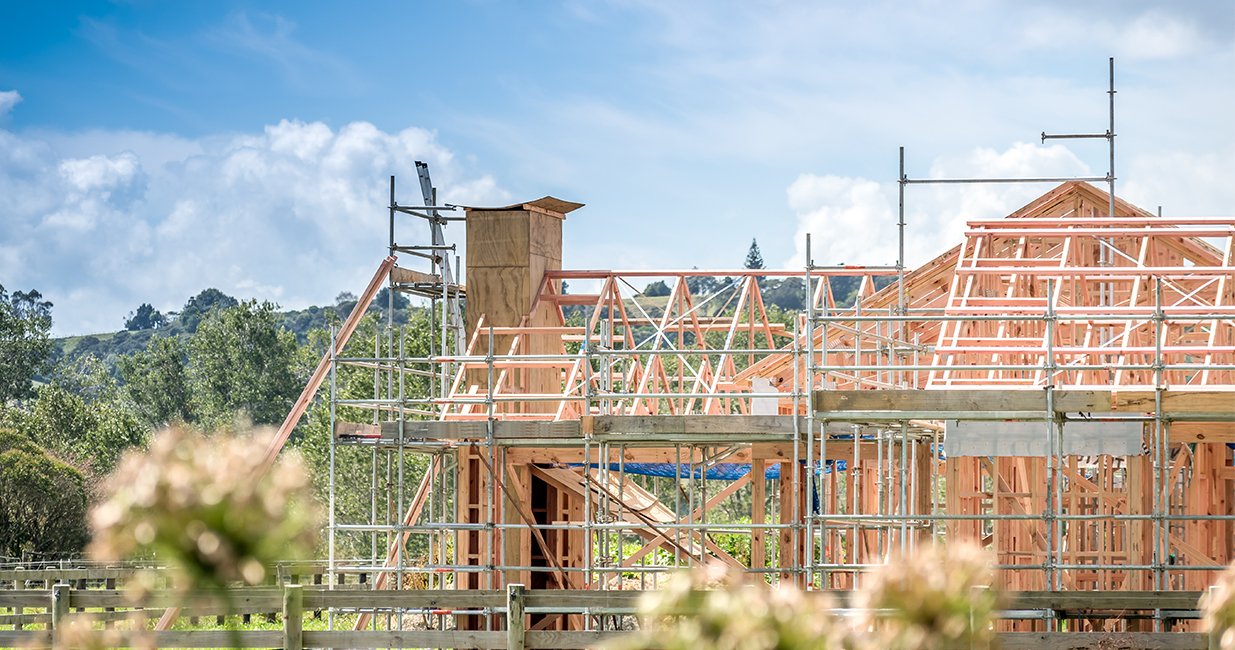
NHFIC builds its base
National Housing Finance and Investment Corporation (NHFIC) priced its debut and follow-up bond transactions in 2019. The agency’s Sydney-based chief executive, Nathan Dal Bon, speaks to KangaNews about the development of its issuance strategy, longer-term goals for curve building and investor engagement, and the tangible outcomes its assets offer investors.
How would you sum up the first capital markets experiences of NHFIC and what needs further explanation to the market?
We are building a new asset class and, as such, we undertook a great deal of investor education. Understanding of the product had developed among our new and repeat investors, by the second transaction.
At its heart, the model is quite straightforward: with the benefit of a Commonwealth guarantee, we issue our own bonds and pass those funds through to community-housing providers.
We spent considerable time in the early days ensuring that investors knew exactly what we did. But the question of where the funds end up remains prevalent.
To try to address this question, we took a number of investors on a bus tour to a site supported with NHFIC funds delivered to a community-housing provider. Investors could talk to tenants and see exactly where the funding goes. This is powerful in making clear what investors are supporting.
Does the social component of NHFIC’s bond transactions bring additional demand? How tangible is the outcome for investors?
It isn’t something to tick a box, it’s genuine interest. We released our first social-bond report in 2019 and have engaged a consultant to ensure that the social outcome metrics we report are easily understood and have meaning. This, and our case studies, make the outcomes from investment tangible.
What are the main factors that have determined pricing and do you have a better sense now than when you first addressed the market about where NHFIC’s issuance should and will price relative to other government-sector bonds?
We want to develop repeat purchasers but we also want to have a diverse investor base. There is a trade-off between getting demand and finding a pricing sweet spot.
We had healthy demand for each transaction – about four times oversubscription – and managed to tighten pricing without much investor attrition. The number and composition of investors have been positive.
We are now pricing inside the triple-A semi-government borrowers. We didn’t expect to be in this position quite so soon.
Have you received any feedback from investors on what they believe the ideal volume and tenor for NHFIC to offer might be?
Some domestic and international investors say the current size of our bonds is not enough for their interest. We are open to issuing larger volumes. However, as a pass-through entity the volume we can issue is entirely dependent on demand for funding from our community-housing providers. There is still considerable demand for the sums we are issuing. It is not a hindrance – and we also need to be prudent about refinancing risk should the market turn.
There is interest from international investors, which we will continue to cultivate even though we are not issuing at the size where most can participate.
The 10-12 year window continues to be attractive. There is certainly interest in going out to 15 and 20 years but, again, demand from community-housing providers will drive the preferred tenor.
Long-term finance tends to match the life of community-housing assets providers hold, so there are possibilities.
The preliminary discussions we have had with investors on this suggest there is interest, given the current shape of the yield curve.
One of the bigger issues is frequency. We want to ensure we are going to the market regularly. We will continue to monitor the market and work out the best approach.

HIGH-GRADE ISSUERS YEARBOOK 2023
The ultimate guide to Australian and New Zealand government-sector borrowers.








